Not a Hammer Looking for Nails: A Conversation with Gan Siong King
By Beverly Yong
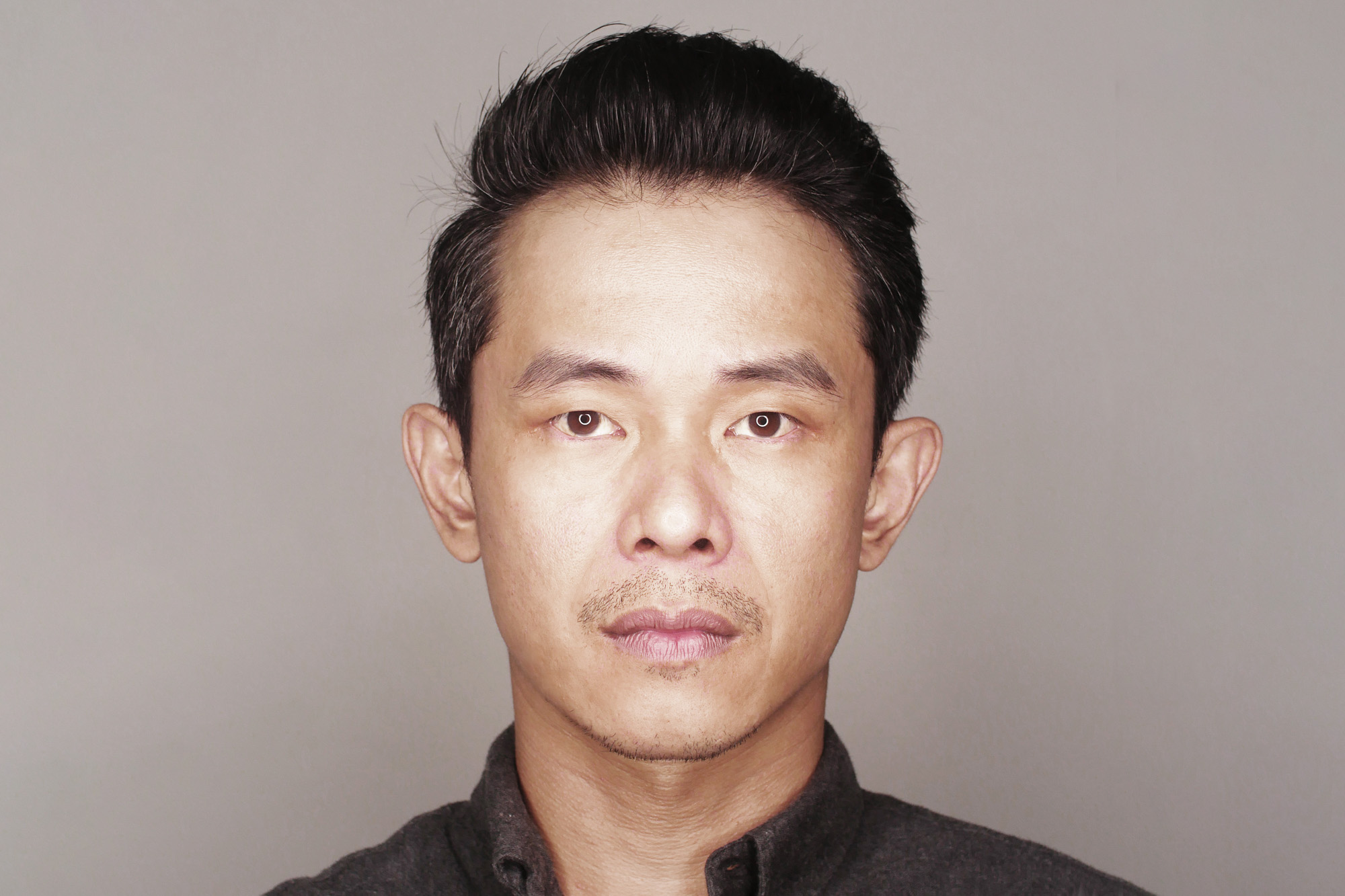
Portrait of GAN SIONG KING. All images courtesy the artist.
Gan Siong King is a Malaysian artist, born in 1975, and living and working in Kuala Lumpur. He has been making paintings since the 1990s, and videos since 2009. His work, he says, tries to unpack and rearrange “expectations,” probing art and its capacity for meaning-making. His video essays are often portraits of others and of himself, while his painting practice is mostly invested in testing its own parameters. In 2020, he was invited for a residency at Koganecho Bazaar. Having to carry it out entirely online and in isolation during a pandemic lockdown, he made The Koganecho Gesture (2020), which is, among other things, a meditation on contemporary art and art-making, an introduction to himself, and an invitation to the audience to make a new work together. This collaborative project was realized as Citizen (2021), “a love story about Tokyo from the point of view of a global citizen,” based on the story and script of Makarim Salman, a British physicist turned financial analyst who then became a tour guide and resident of Tokyo. These two video essays were screened back-to-back in tandem with a series of live dialogues at the five-day exhibition “All the Time I Pray To Buddha, I Keep on Killing Mosquitoes,” organized in January by The Japan Foundation at Petaling Jaya Performing Arts Centre, Malaysia. Following my experience of this exhibition, Gan and I began an e-mail exchange, which can be read in full as a text work on his website. Below is a condensed version of our conversation.
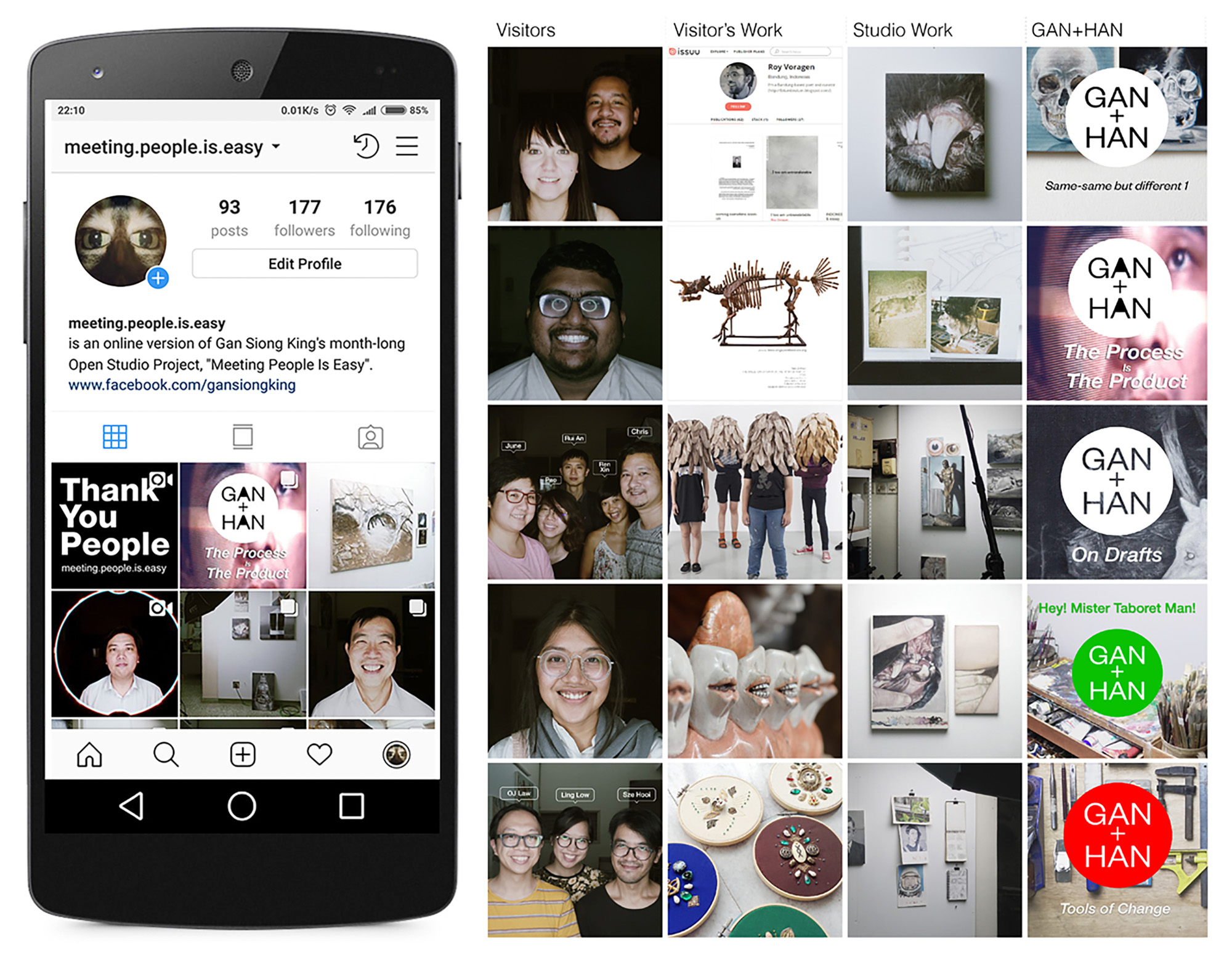
GAN SIONG KING, Meeting People is Easy, 2017, writings, stills and videos, and 93 posts on Instagram, dimensions variable.
What role does conversation play in your work and in what ways is it manifest? Who’s speaking and to whom?
Conversations imply there are others besides the self. For example, that art and artists don’t exist on their own but always in relation to or in context with someone else and/or their work. I found this annoying when I was younger, but I usually trust and try to use my discomfort as a departure point. Over the years, I’ve come to believe that art and artists cannot exist on their own—a slight hardening of position. Figuring out how to meaningfully include others in my practice has become crucial, and conversations are entry points.
In 2017, I began Meeting People is Easy (MPIE), an open-studio project where the audience books a three-hour block to hang out with me at my studio and look at my paintings in various stages of completion. Part of the idea is to rethink how my paintings or my painting practice can be used to interact with others, especially fellow artists/creatives. MPIE relies on conversations as the means to understand my work, and theirs as well. And then, documenting some aspects of our conversations on Instagram is a way of saying, these are my works and these are some of the other artists in my community.
All of my video essays are made from recorded conversations. They serve as a first draft of the script. Conversations—even casual banter between friends—are also materials. Part of the editing process is to find an overlap of interests between the subject/narrator and myself, balancing this with their story and work. I’m speaking through them in some instances, or perhaps speaking together with them throughout. Maybe it’s an exercise in empathy, which I think we can all have more of.
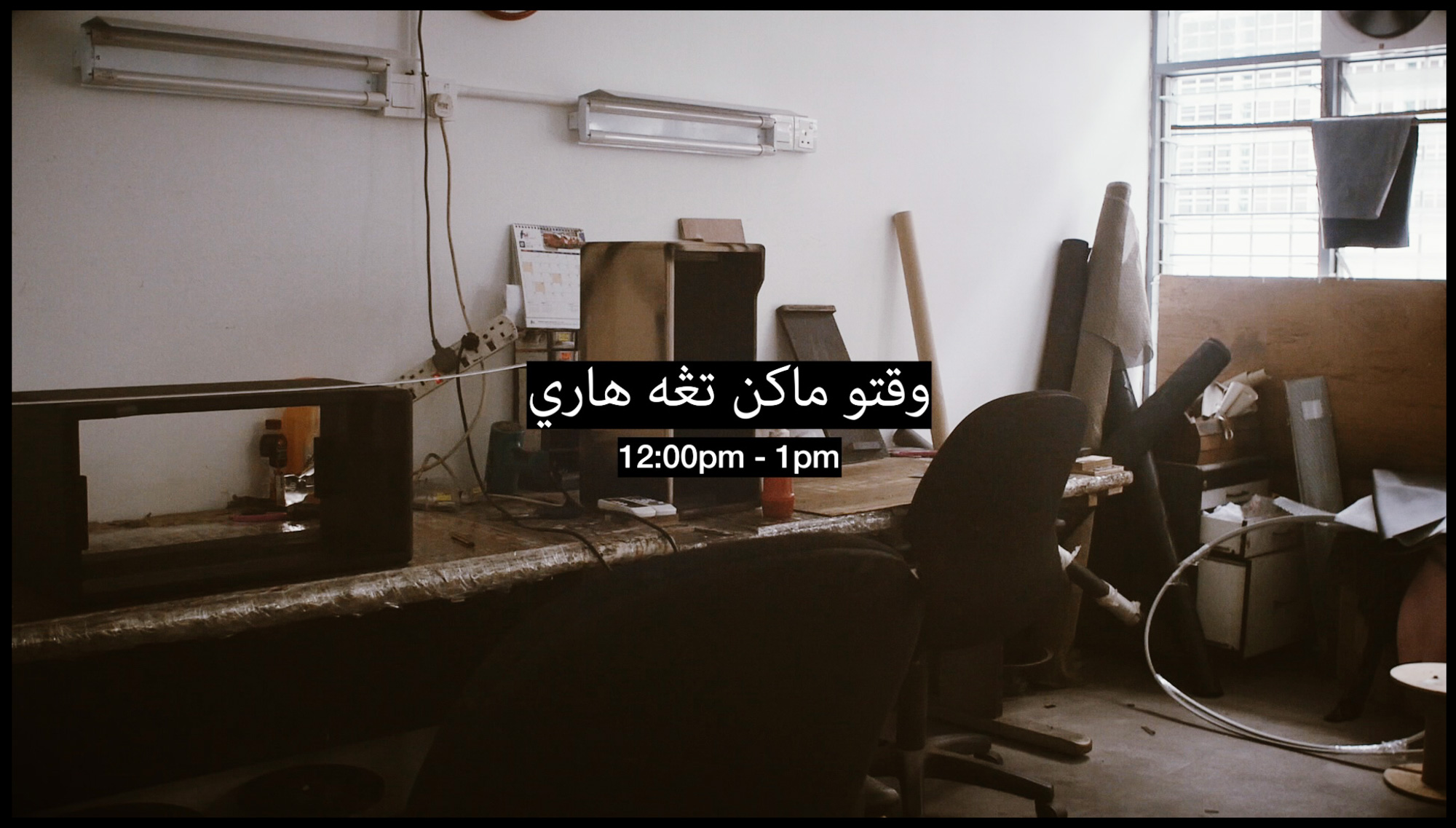
GAN SIONG KING, Kecek Amplifier Bersama Nik Shazwan, still from three-channel video: 21 min 23 sec.
What exactly are “video essays,” and how have you chosen the subjects for these works?
Around 2009, I started to play with moving images and sound. I wanted to bring together the various experiences I’d had over the last decade. The filmmaking industry was going through a transition from analogue to digital, so I had access to surplus and recently obsolete equipment. Also, personal computers had become powerful and affordable enough for videomaking.
I define the video essay as a nonfiction work, yet not a documentary. A genre in between genres, placing equal importance on experimentation with the form (moving images and sound) as it does content. It’s a tactical choice to retain maximum freedom and is helpful for communicating with and managing the expectations of the public.
By 2013, I’d gained some confidence and wanted to work on a long-term project revolving around time, identity, and work. I wanted to capture a slice of Malaysian reality that is not topical and over a longer period of time. The project is tentatively and badly titled MAW (Malaysian Artists at Work). The idea is to make ten video essays on ten artists over a period of ten years, and link them together to make a feature-length video essay. I’ve made three so far with [calligrapher Ong] Chia Koon, [graphic designer] Jeff [Lim], and [amplifier engineer] Nik Shazwan. I should be working on Suiko Takahara of The Venopian Solitude next. Taka is a singer-songwriter and YouTube star. Her band makes quirky tunes. They are pop but keen on experimentation.
Besides Chia Koon, the other three were introduced to me by people who had watched my previous videos. Chance plays a deliberate part. I think everyone’s stories are equal, and I want to include people that I don’t know. But their profession must have potential in terms of imagery or sound in my imagination, and we have to get along on a personal level because they must be willing to provide me with access to their work for an extended period of time. I don’t have a story when we start. That is something we find in the making process.
Recently I’ve added gender, ethnicity, and other such things for consideration. I believe identity politics do influence the way we experience the world and carry out our work to a certain degree. It’s impossible for me to cover everyone, but I hope this project will show the different Malaysians that are out there. So, I’m looking for someone who is everything I’m not.
I sometimes think of these video essays as prayers. It’s not a conversation with god, but something equally abstract. It’s a conversation with this idea of a nation and its people. I’m talking with everyone and no one at all. It’s a balm for my anxiety from our ever-polarizing sociopolitical discourse. There are good people doing good work is the mantra.
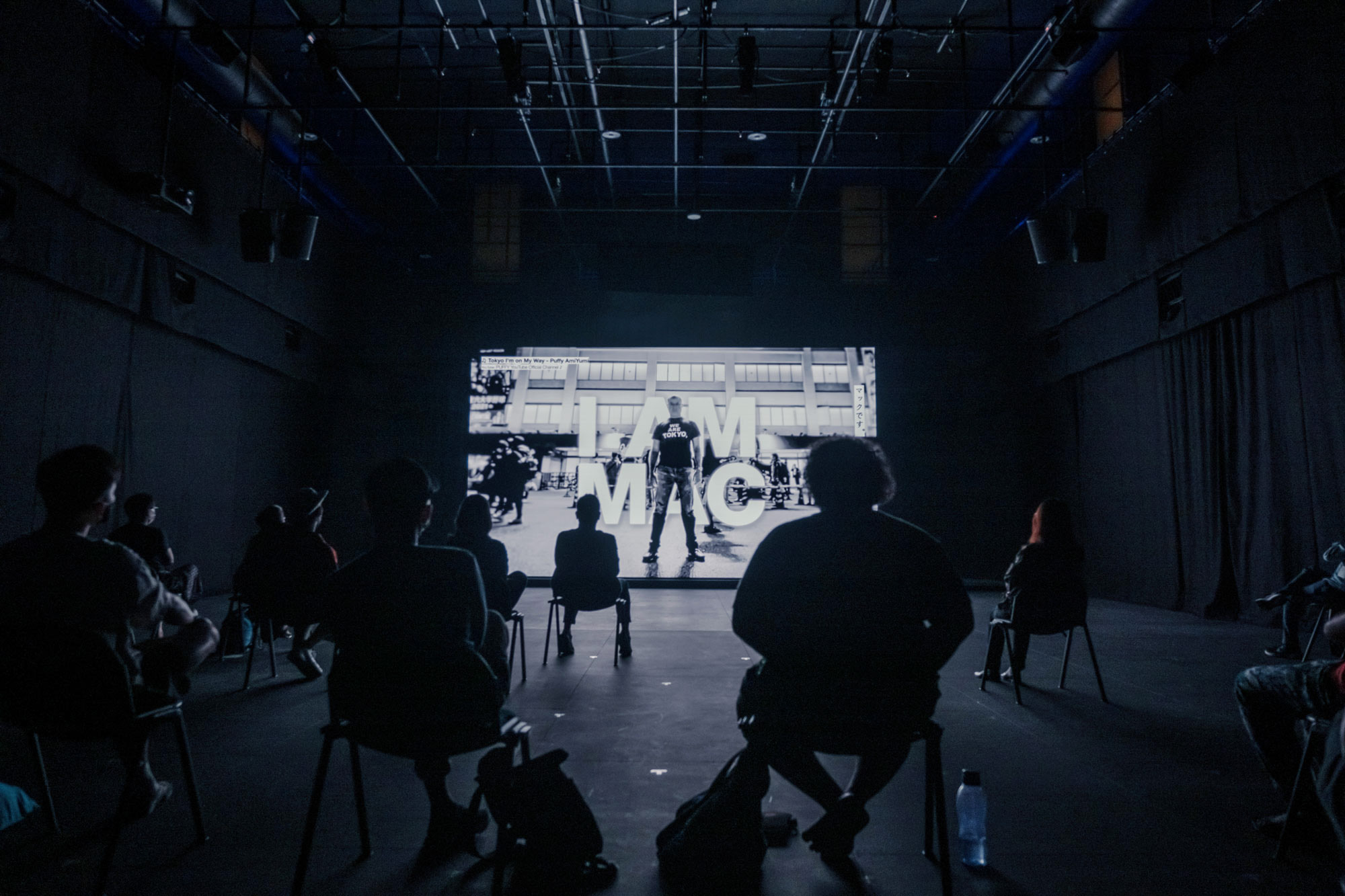
Installation view of GAN SIONG KING’s The Koganecho Gesture, 2020, single-channel video: 26 min 40 sec, at "All the Time I Pray To Buddha, I Keep on Killing Mosquitoes," Petaling Jaya Performing Arts Centre, 2022.

GAN SIONG KING, The Koganecho Gesture, 2020, still from single-channel video: 26 min 40 sec.
The Koganecho Gesture, which formed the first half of the exhibition “All the Time I Pray to Buddha, I Keep on Killing Mosquitoes,” is a kind of autobiographical video essay. It seems seamless, natural, honest—was that hard to achieve?
The Koganecho Gesture (TKG) was made a few months into the lockdown. I was broke and on the verge of defaulting on rent. Then I got a lucky break. I was selected as a resident artist for Koganecho Bazaar 2020. The fatigue and listlessness gave way to a fierce focus. And I began to write, which is another discomfort. It’s something I thought I couldn’t do. I still feel the same, but it’s not stopping me.
I was trying to make sense of my situation, reflecting on the purpose of art and being an artist in Malaysia. What can my work do for my community, especially during a pandemic? Very little, unfortunately. I thought the least I could do is make something that can provide entry points to art appreciation, and document the pandemic in some ways.
I thought presenting art as a form of labor creates a common ground because all of us have experiences with working. But the question is not limited to why I make art. That’s a head fake. In the context of the pandemic and everything surreal that followed, the question is why we choose to do anything at all. The two-and-a-half-month residency passed like a fever dream. Everything was found in the making process. I just tried to stay in the present and be transparent, which seems like such a radical position to hold these days.



GAN SIONG KING, Citizen, 2021, stills from single-channel video: 27 min 27 sec.
You embedded in TKG an open call for the public to collaborate with you, and that brought into being Citizen, which formed the second half of “All the Time I Pray.” What was creating Citizen like?
The theme for Koganecho Bazaar 2020 was Artists and Communities. It’s common for art entities to use “engagement” and “community” in their programming, and to invite artists to propose an idea based on their research on that locality. I thought it might be interesting to invert that approach—ask the locals what they want to see, what they want to do, and what their concerns are.
The idea was to treat the locals as potential participants or stakeholders, and not just as an audience who looks at art as an aquarium with exotic fish—detached, decorative, and not much beyond a photo op for their Instagram feed. I know selfies serve a function but art can be more. It’s an incredibly powerful experience to see your concerns manifested in an artwork when it’s properly done. This is something I learned from doing community arts projects and encountering works that moved me.
Eight people answered the open call but only one was chosen for the collaboration. Makarim (Mac) Salman is an easy person to work with—intelligent, articulate, and media savvy. Expectations were checked, and our respective roles were clearly defined before we started. I think Citizen would have benefited from an in-person conversation with Mac over coffee. But considering my circumstances in the last two years, I’m just relieved that Citizen was even made. And I’m happy Mac is proud of the work.
I like that much of the substance was in the collaborative process itself in “All the Time I Pray.” The importance of the gesture of invitation and the feeling of possibility that it opens up was palpable.
What makes TKG and Citizen so seductive is maybe that understanding of a viewer’s impulse to find themselves and be spoken to in a work. Your video work doesn’t just integrate the documentary, the pop song, the music video, the movie, the vlog; it’s closer to these popular forms than to painting or even many other approaches to video art in its accessibility. Like it effectively shortcuts something.
Shortcutting something, I like the sound of that. I’ve not thought of my video work that way. I just want to play, and hopefully in a way that engages others.
I had many unanswered questions while working in the film industry [from 2005 to 2009]. Traditionally, the process of pre-production, production, and post-production is linear. Pre-production yields a grand plan based on a script, production gets you footage, but it’s in post-production that a film is made. The ability to rework the grand plan or acquire new footage as one edits is usually not possible and so, in a way, the most important phase is handicapped. I turn the three phases from a linear process to a cyclical one, blurring the boundaries and allowing as many re-plans, rewrites, reshoots, and re-edits as necessary. The point is to create space for review, discovery, and play. It’s not the most efficient method.
My recent experimentation with sound comes from the experience of editing itself. It’s so clear that sound affects the way we perceive imagery, yet filmmaking is widely regarded as a visual form, and that’s begging to be taken apart. So, prioritizing sound when I edit is something that’s hard to resist. I do this by cutting imagery to sound. TKG is an example of working this way. Those disjointed sounds and reverbs came first in many instances, and inspired the editing, writing, and staging of the eventual work.
The sound design for TKG and Citizen did a lot of the heavy lifting in terms of keeping people engaged. Or at least provided a space for people to make their own connections to the conversations on the screen. Words and visuals carry the narrative forward (or somewhere), but it’s the sound that gives the viewing experience an emotional dimension.
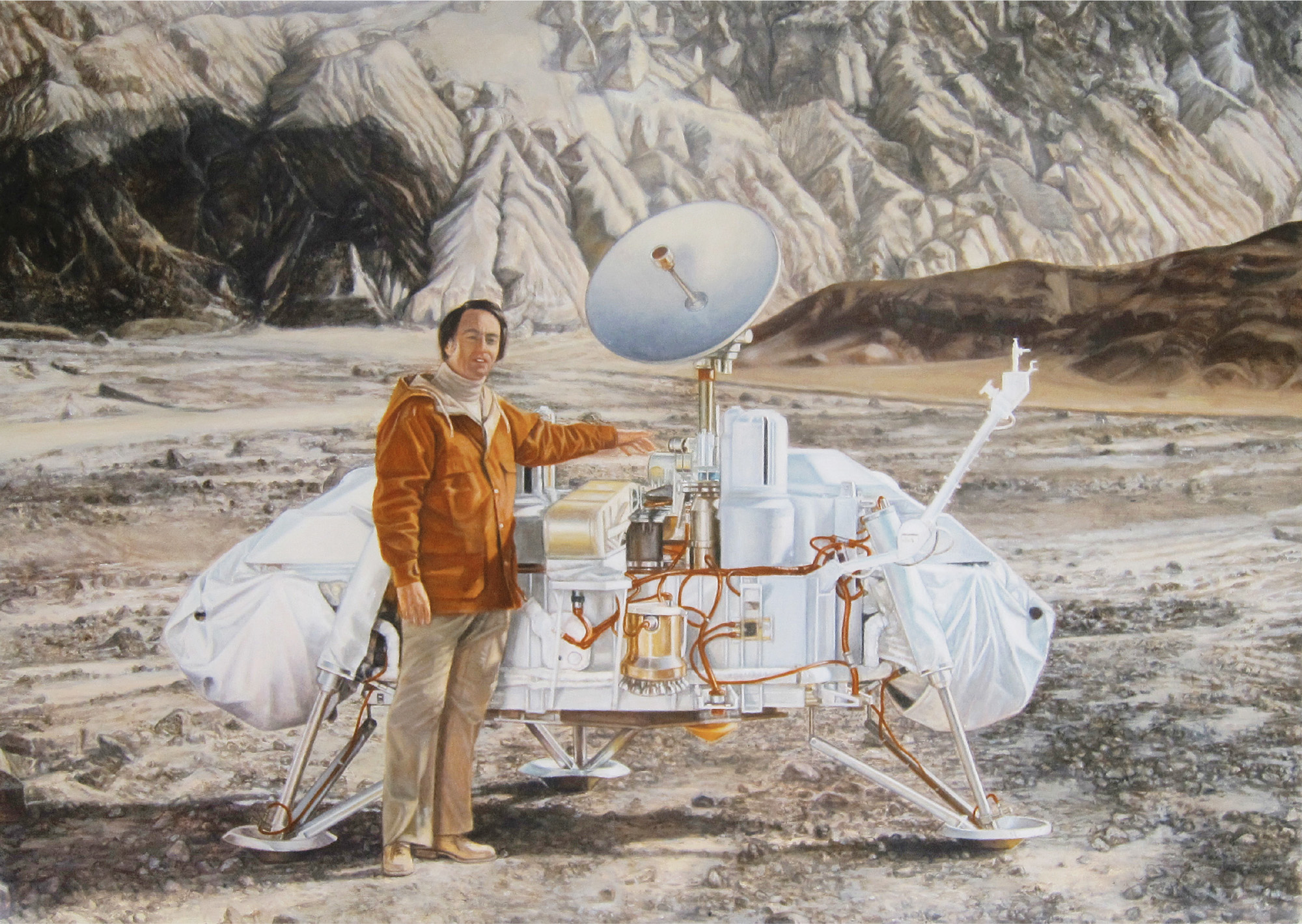
GAN SIONG KING, A Figure in a Landscape Presenting a Still Life, 2014, oil on canvas, 68 × 93 cm.
And yet, in your painting, you seem to cut off narrative and emotional engagement, and make the viewer work quite hard to understand why you’ve painted something or why you’ve presented your paintings in a certain way.
A big part of what I do is unpack conventions or expectations, and then rearrange them in different ways to imagine other ways of seeing. This is true for my paintings and videos. I think a lot of our values and the way we understand reality is embedded in the status quo we maintain. Most of it is unchallenged and taken as unchanging truth. Painting is image-making (for most) is an example.
I’m not looking to change anything. It’s just my way of figuring things out. It’s the blind man and an elephant, but with all kinds of other animals on it. I’m the blind man, painting is the elephant, and current trends and whatnot are the other animals. So, it’s learning painting by figuring out its parameters and eliminating the other things that attach themselves to painting.
My paintings follow a concept or idea, not a particular aesthetic or subject matter, so I understand that it can be frustrating for those looking at my paintings only through those lenses.
In your 2015 solo exhibition, “The Pleasure of Odds and Ends,” QR codes accompanying the paintings took viewers to the work’s source image. Was this a kind of play on painting/art as a source of or means to knowledge?
“The Pleasures of Odds and Ends” (OAE) shares an overlapping interest with TKG – the breaking of the fourth wall or pointing out the aquarium—although they operate in opposite ways. Both are about questioning and finding ownership of art or the present. TKG invites the audience to participate in its making and OAE provides entry points to a wider context beyond what’s immediately in front of them.
How would you say painting and video relate to each other in your work?
Video arrived later in my practice and serves as a useful counterpoint to my painting.
Analogue vs Digital
Still vs Moving
Silent vs Sound
For sale vs Free
Concept vs Stories
Solitary vs Collaborative
And so on.
Having another outlet means I don’t have to do everything within one form. I’m not a hammer looking for nails. In fact, by allowing the history, workflow, values, and logic of the two media to merge and mutate creates room for multiplicity, which is a better representation of how I experience the world. Between the two I have an unlimited space to play and lose or find myself. I suspect the recent addition of text or writing in my practice will play a part in multiplying this multiplicity even more.
In a parallel project to TKG, My Video Making Practice (2021), you talk about your very first video work, Dreamers (2010, later reworked as Recurring Dream), being about your interest in science, and in particular, consciousness. I’m starting to think that experiencing your work in whichever medium is a bit like participating in a controlled experiment. What are you referring to when you talk about “science”?
The history of science (and art) is the history of humanity. I think art and science are parallel attempts at making sense of our reality. Both are the result of our curiosity and need for meaning.
Science provides different ways of looking at things beyond the limits of what our subjective five senses can comprehend. The theory (fact) of evolution is a simple and elegant explanation of our existence by looking at time on a scale outside of our (often provincial) lifetime. Chaos theory offers glimpses into the complexities and the interconnectedness of our reality. There are many more scientific ideas and perspectives that have informed my practice. Taking things apart, examining them, and rebuilding them in different ways is a scientific thing to do. I’m one of those people that destroyed toys when I was a kid. Perhaps a way to look at my art is to see it as reassembled toys. Dreamers is a rookie attempt at acknowledging all of that. I would have been a scientist if not an artist.







